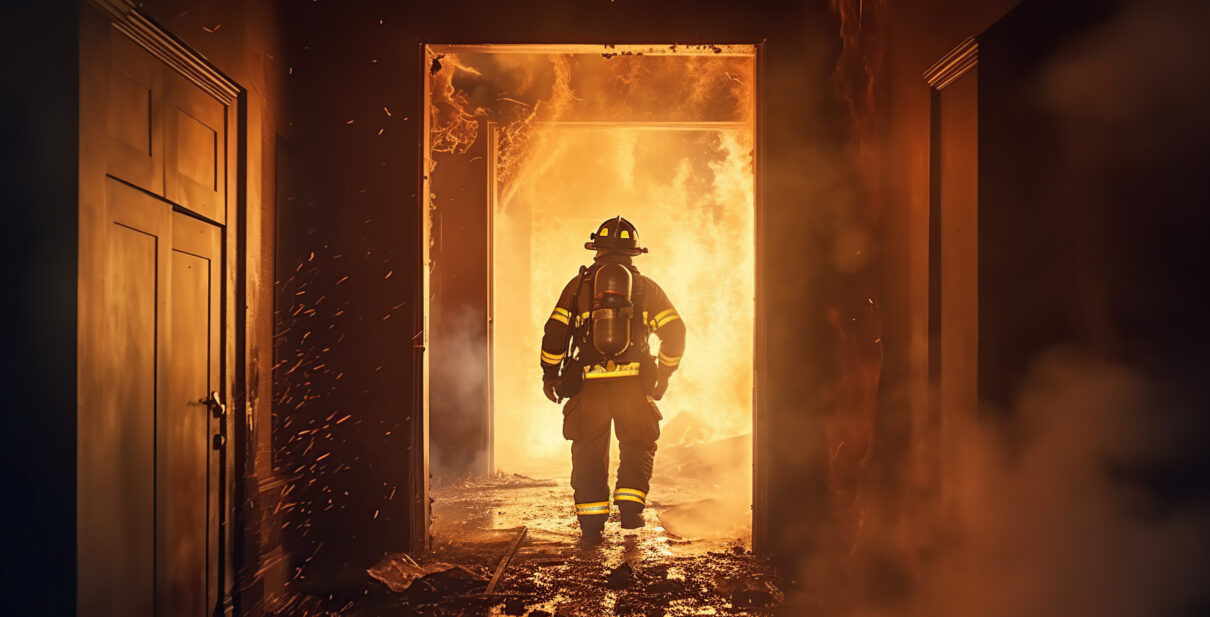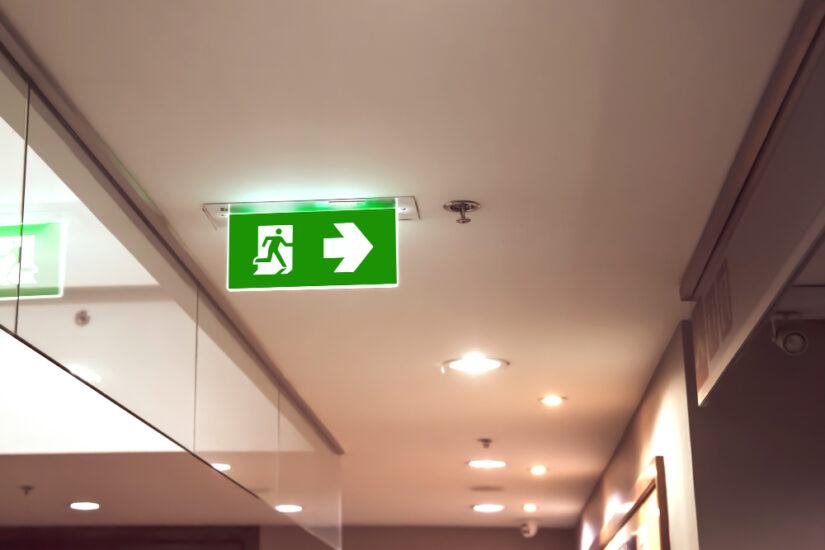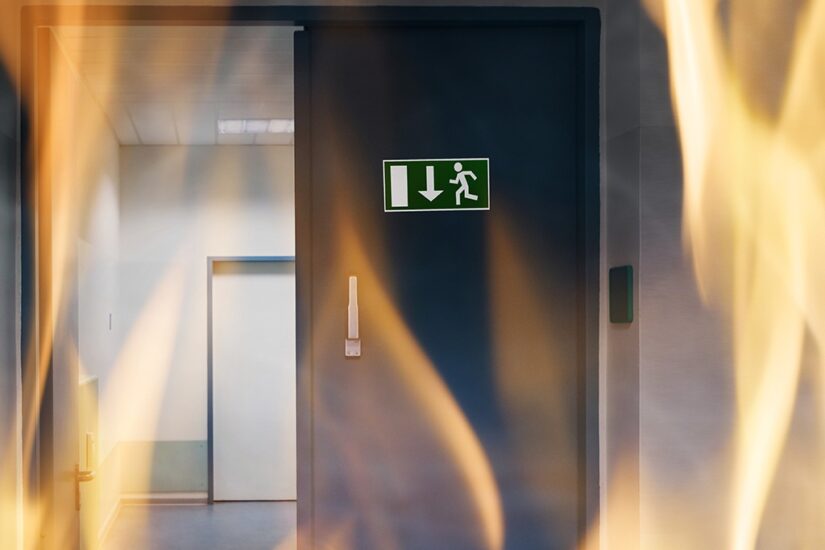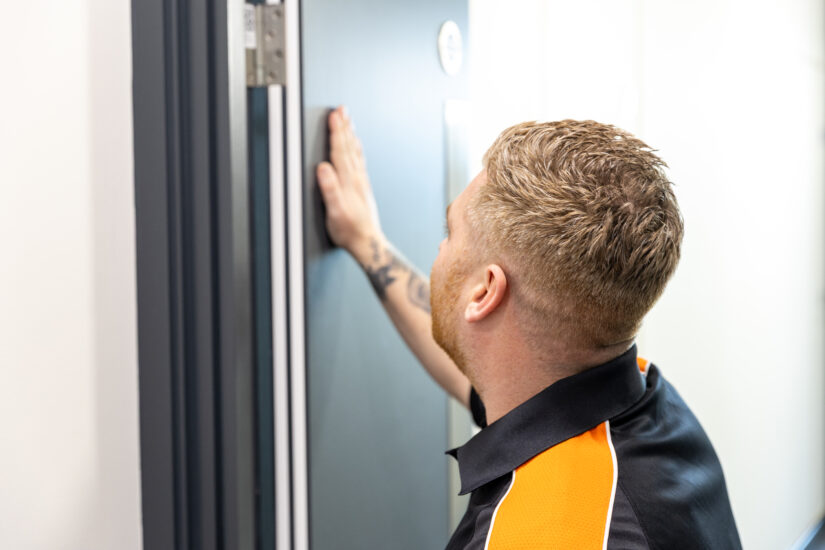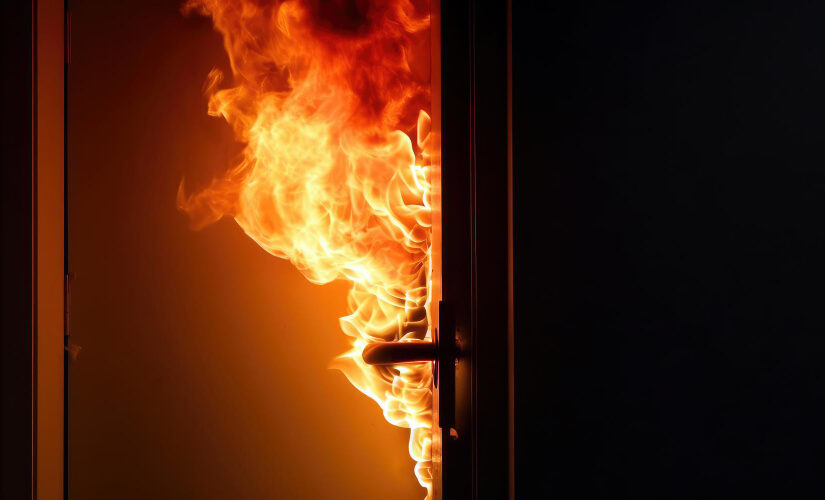Fire doors are essential for keeping buildings and their occupants safe. Yet new research from the BWF Fire Door Alliance reveals a worrying trend — while awareness of fire door safety is on the rise, the use of certified fire doors has actually declined.
This widening gap between understanding and action could have serious consequences for fire safety across the UK.
Awareness Up, Certification Down
According to findings shared by the BWF Fire Door Alliance, more professionals than ever recognise the value of third-party certification. However, despite this awareness, the number of certified fire doors in use has dropped slightly.
This suggests that while people understand the importance of certification, it isn’t always being applied in practice — leaving potential weak spots in building safety.
Why Certification Matters
Fire door certification is more than a compliance formality. It offers:
- Independent testing and verification of performance
- Traceability and quality assurance
- Confidence that a door will perform properly in a fire
In an emergency, a properly certified door can contain a blaze for up to 30 minutes or more. That precious time can mean the difference between safe evacuation and disaster.
Uncertified or poorly maintained doors, however, may fail when they’re needed most.
Learn more about who can inspect fire doors.
Why Are Fewer Certified Fire Doors Being Used?
The decline isn’t down to a lack of care — it’s often due to complex challenges such as:
- Rising costs, pushing some projects towards cheaper, uncertified options.
- Confusion over new testing standards, particularly during the transition from British to European classifications.
- Limited enforcement and unclear responsibilities under the Building Safety Act.
Together, these factors have created a situation where even well-intentioned decision-makers may inadvertently fall short of compliance.
Transition to European Standards
The UK fire door industry is now moving towards European testing standards. While this change will strengthen safety in the long run, it’s currently creating uncertainty among specifiers, installers and inspectors.
To stay compliant and confident, organisations should:
- Update their training to reflect the latest standards.
- Only source fire doors from manufacturers with third-party certification.
- Check labels and certification documents before installation.
What You Can Do Right Now
Building owners, managers and contractors can take simple steps today to improve safety:
- Specify certified fire doors in every project.
- Ensure installers are properly trained and accredited.
- Inspect fire doors regularly and maintain them correctly.
- Clarify who’s responsible under the Building Safety Act.
These small but vital actions help ensure fire doors perform as designed — protecting lives, property and peace of mind.
Final Thought
Certification isn’t bureaucracy; it’s proof that safety standards have been met. As regulations evolve and accountability increases, ensuring every fire door is third-party certified is one of the most effective ways to keep buildings and people safe.
To learn more, visit the BWF Fire Door Alliance website for up-to-date advice, resources and guidance.



